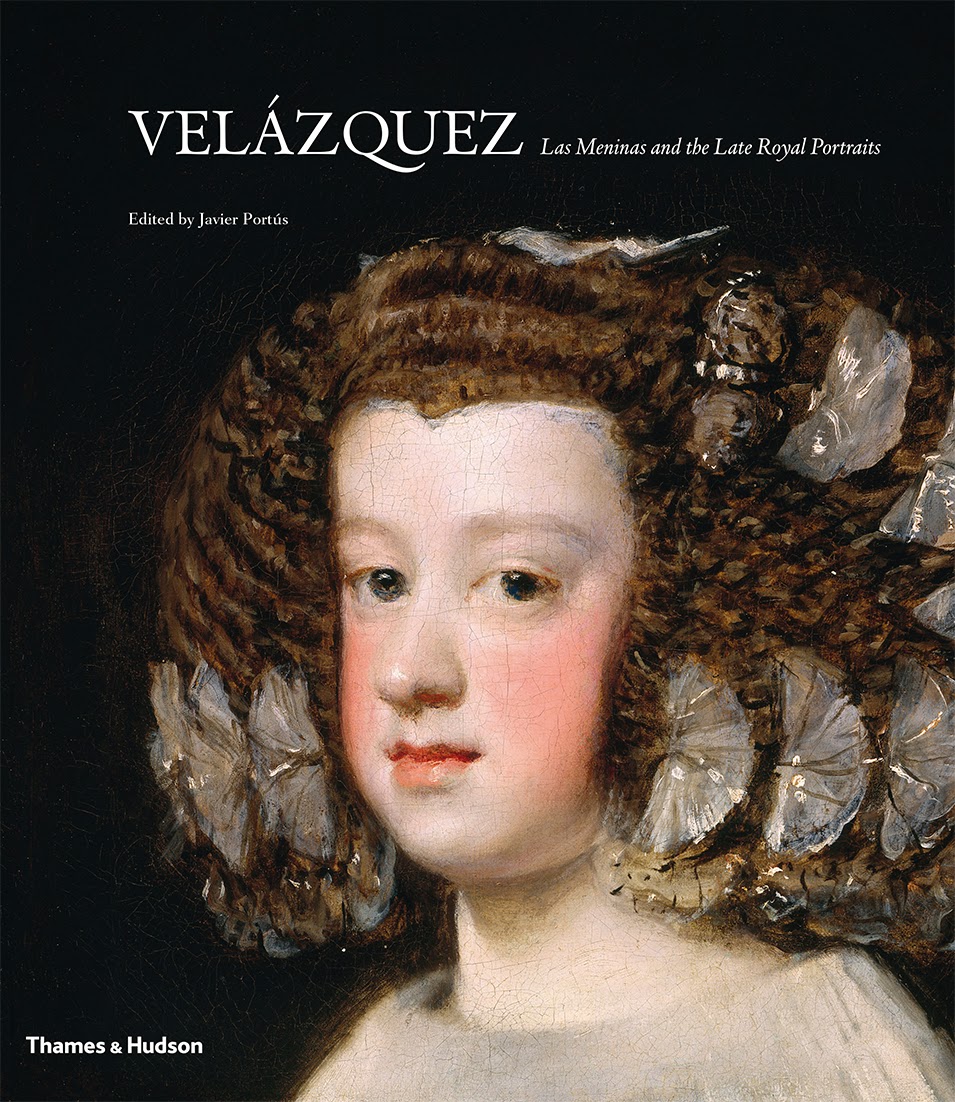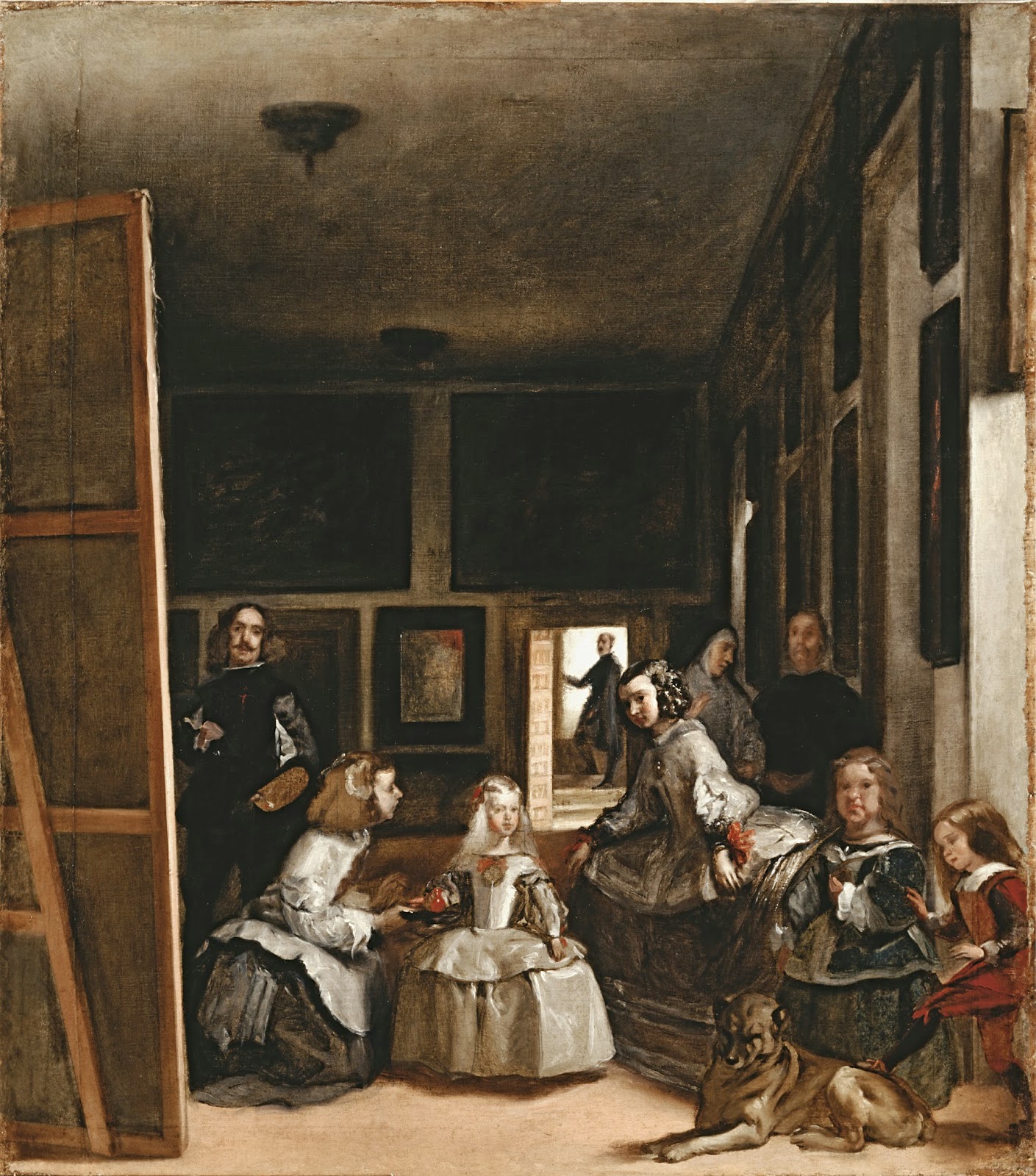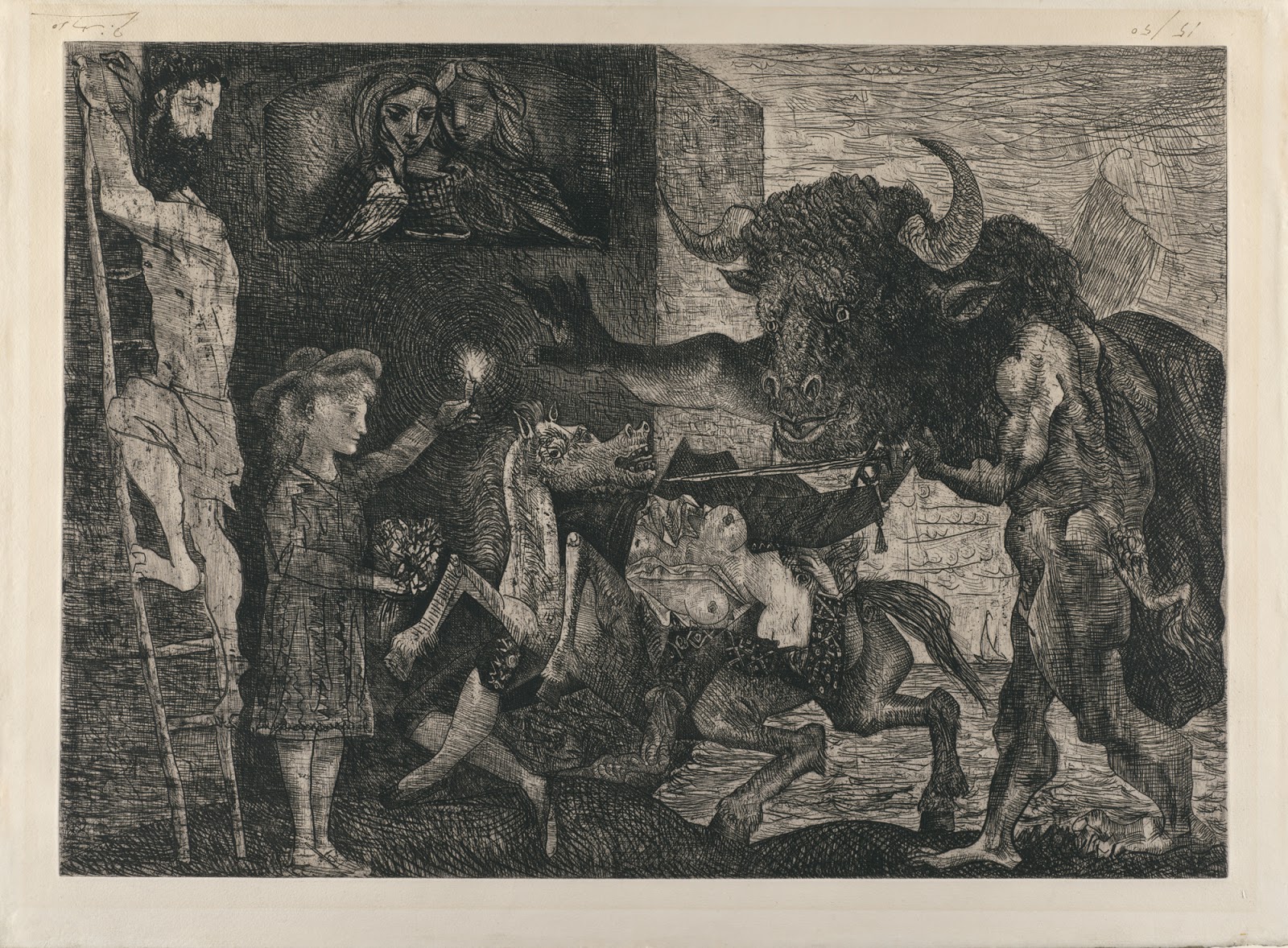Marks of Genius: Treasures from the Bodleian Library
Morgan Library and Museum
225 Madison Avenue, at 36th Street, New York
June 6-September 14, 2014
Reviewed by Ed Voves
An exhibition of some of the most important cultural creations in world
history is currently on view at the Morgan Library and Museum in New York City.
The fifty-eight objects on display represent humanity's need for creative
expression and showcase the role of genius in shaping civilization.Make that Genius with a capital G.
Marks of Genius: Treasures from the Bodleian Library highlights the profound
importance to humanity of the inspired creator - artist, writer and composer.
These are the people whom Daniel Boorstin referred to as "heroes of the
imagination." Sappho, Moses Maimonides, William Shakespeare, George
Frideric Handel, Jane Austin and J. R. R. Tolkien are all represented here with
carefully preserved manuscripts and art works from the collection of Oxford
University's Bodleian Library.
George Frideric
Handel Original conducting score of Messiah , Sept.–Oct.
1741
The role of the genius or the "great man" in history has been
aggressively contested since the 1950's. However a visit to Marks of Genius may
cause you to reconsider this controversy. The exhibition definitely underscores
the way that gifted individuals - i.e. "geniuses" - can change the
way we think, see and hear for the better.
A person of genius certainly
has no easy task in making his or her contribution to humanity. One of the most
poignant and thought-provoking objects
in the exhibit is a display of thirty
scraps of papyrus on which are written verses by Sappho, the first (known)
woman author in history.
Sappho, Fragments of poems,
copies made in second century AD
For some, it's an army of chariot fighters, for others, an infantry corps,
For others, an armada of sailing ships, on the dark face of this earth,
That is the loveliest thing of all, but I say it’s this and nothing more:
Whatever you desire with love in your heart.
The exhibition commentary for the Sappho fragments warns of "the
vulnerability of even the most famous ancient literature." The ravages of
war and religious fanaticism, environmental disasters and the decay inflicted
by "moth and rust" take a heavy toll of the "works of
genius."
The Bodleian Library, in an earlier incarnation, had been a casualty of the
wave of Protestant iconoclasm that had purged England of most of its medieval
art and manuscripts, commissioned by the deposed Roman Catholic hierarchy. In
1602, Sir Thomas Bodley, a retired diplomat, conceived the idea of restocking
Duke Humfrey's Library at Oxford with theological works to serve what Bodley
called the "republic of the learned."
Eight years later, Bodley conceived an even better idea, indeed a master
stroke. In 1610, Bodley appealed to the
Stationers Company, the government-chartered guild that regulated England's
publishing industry. Bodley petitioned that august body to reserve one copy of
every book published in England for the Bodleian. Bodley's empty library thus
became the world's first deposit library and a direct forerunner of the Library
of Congress.
In 1623, the Bodleian received the first or "copyright" copy of
the most famous book ever written in the English language. This was Mr.
William Shakespeares Comedies, Histories & Tragedies. Of course nobody
at the time realized the eventual status of the book we now call The First
Folio. The Bodleian copy is one of the star exhibits of Marks of Genius.
William Shakespeare, Comedies, Histories, & Tragedies (Bodleian
First Folio) 1623
Once the "copyright" Third Folio reached the Bodleian, some
efficiency-minded member of the staff figured that one edition of Shakespeare
was enough. The Bodleian's First Folio was sold and dropped
out of sight. Later generations of scholars could only shake their heads in
dismay.
The Bodleian got lucky – very lucky. In 1905,
a student at one of the Oxford colleges brought the ex-Bodleian First Folio
back to the library without realizing what it was or its value. It had been in
his family’s possession for decades and was still bound in its original cover.
After word leaked out, an anonymous American bibliophile offered the
astronomical sum of £3,000 to purchase the First Folio. In a very-English fund-raising effort –
no contribution too small – the Bodleian countered the offer and bought back
its very special Shakespeare volume.The First Folio, edited by Shakespeare’s colleagues, John Heminge and Henry Condell, is indeed a very special book. It ensured that all-but two of the Bard’s plays were published for posterity. The First Folio is the unique source for eighteen of Shakespeare’s plays. Without the First Folio, we would not have a number of the greatest plays including Julius Caesar, Macbeth, Cymbeline, Twelfth Night, The Winter’s Tale and The Tempest.
With the Bodleian First Folio on display, Marks of Genius engenders a sense of the mystery and wonder of
creative endeavor. Similar treasures include a page from the 1816-1817
manuscript of Frankenstein and personal "keepsakes" owned by
the author of this pioneering “sci-fi” novel, Mary Wollstonecraft Shelley.
Another special object from the realm of the fantasy is J. R. R. Tolkien's
personal design for the dust jacket of the first edition of The Hobbit, 1937.
Reginald Easton, Portrait of Percy Bysshe Shelley and Portrait of Mary
Shelley
Attention to collaborative
effort is also made, with reference to the famous remark that great inventions
and scientific discoveries are rooted in the pioneering works of others.
Genius, as this time-honored expression affirms, always stands “on the
Shoulders of Giants.” The numerous maps on display in the exhibition offers special testimony to our debt to the past. John Smith's Map of Virginia, published in 1612, despite its inaccuracies, provides information on the Native American inhabitants of the the Chesapeake Bay region that would be otherwise lost to history.
John Smith, Map of Virginia, 1612
Magna Carta, Issue of 1217
Although the English nobility were protecting their own independence with little thought of anyone else, Magna Carta was a critical turning point. It represents the first step on the road to the Declaration of Independence, the Emancipation Proclamation and other notable events in humanity's struggle for freedom.
Qur’an, Safavid
Shiraz (Persia), 1550
Perhaps my favorite object
in Marks of Genius is the beautiful Japanese picture scroll, or emaki,
dating to the early years of the Edo period, the mid-seventeenth century.
Following decades of fratricidal civil wars and a disastrous invasion of Korea
in the 1590’s, Japan settled into a period of peace and diplomatic isolation.
Works of art and literature like this emaki were commissioned to
emphasize the traditions of Japan at the expense of ideas from abroad.
Unknown artist, The Tale of Urashima, Japan, early Edo period
The wonderful treasures on
display at the Morgan Library and Museum are preserved at Oxford University's
Bodleian Library. But these hallowed manuscripts, pictures and maps cannot be
kept in a box. The Bodleian Library is wise to open the lid during travelling
exhibitions like this one. Unlike Urashima, these “marks of genius” never grow
old.
***
Text: Copyright of
Ed Voves, all rights reserved
Images from Marks
of Genius: Treasures from the Bodleian Library, courtesy of the Morgan
Library and Museum, New York City, and the Bodleian Library, Oxford University.
Introductory Image:
William Shakespeare (1564–1616) Comedies, Histories, &
Tragedies (The First Folio)
London: printed by Isaac Jaggard and Edward Blount, 1623Arch. G c.7 The Bodleian Library, Oxford
Watercolor & gouache on ivory laid on card, in an ornate gilt frame made by Asprey of LondonThe Bodleian Library, Oxford
Reginald Easton (1807–1893) Portrait of MaryShelley (1797–1851) Sometime between 1885 and 1893
Watercolor & gouache on ivory laid on card, in an ornate gilt frame made by Asprey of LondonThe Bodleian Library, Oxford
Magna Carta, Issue of 1217, sent
by the royal chancery to Gloucester
MS. Ch. Gloud. 8 The Bodleian Library, Oxford
John Smith (bap. 1580, d. 1631) A Map of Virginia
Oxford: J. Barnes, 1612
Arch. G e 41(5*) The Bodleian Library, Oxford
Qur’an, Safavid Shiraz (Persia), 1550
MS. Bodl. Or. 793 The Bodleian
Library, Oxford
Unknown artist, The Tale of Urashima, Japan, early Edo period
(mid-seventeenth century)
MS. Jap. c. 4 (R) The Bodleian
Library, Oxford

















